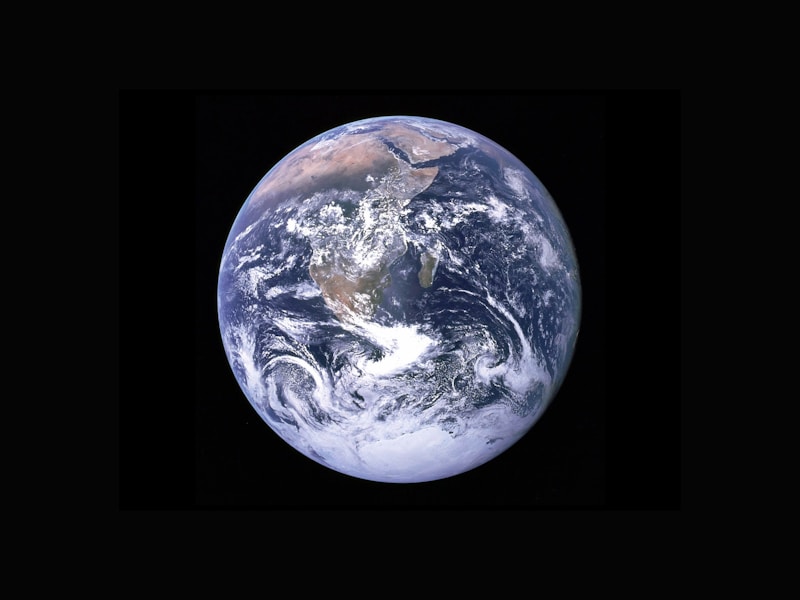Questions and Answers
Why is the soil considered to have the largest quantity of organisms on earth?
Because of its high population density of microorganisms
What is the main focus of Pedology in the study of soils?
Origin and classification of soils
Which group has the highest population density per gram of soil among the listed microbial groups?
Bacteria
Why should an engineer study soil?
Signup and view all the answers
What is the historical development path of Soil Science?
Signup and view all the answers
What is the primary focus of Edaphology in the study of soils?
Signup and view all the answers
Why is it essential to never call soil 'dirt'?
Signup and view all the answers
Which profession has a viewpoint that focuses on utilizing soils properly?
Signup and view all the answers
What does the highest population density per gram of soil indicate?
Signup and view all the answers
Why is an understanding of soil properties crucial for various uses?
Signup and view all the answers
Study Notes
Soil Definition and Properties
- A collection of natural bodies on the earth's surface containing living matter and supporting or capable of supporting plants.
- A transformed or decomposed rock with porous properties.
- Properties are influenced by all components of the ecosystem.
Soil Dimensions
- Classic concept: Soil is a 3-dimensional body with length, breadth, and depth.
- Modern concept: Soil is a space-time structure with length, breadth, depth, and time dimensions.
Soil Boundaries
- Upper boundary: air, shallow water, live plants, or loose plant material that has not begun to decompose.
- Lateral boundary: deep water, barren areas of rock, ice, salt, or shifting desert sand dunes.
- Lower boundary: the depth to which soil weathering has been effective, generally thought of as the common rooting depth of native perennial plants.
Soil as Part of Landscape and Ecosystems
- Soil is part of a landscape, which is a three-dimensional section of the earth's surface with a specific pattern of topography, rocks, water, and flora and fauna.
- Soil is part of the pedosphere, a portion of the landscape.
- Soil is part of an ecosystem, an interacting system of biologic community and its non-living environment.
Soil Forming Factors
- Parent material: rock, alluvium, glacial till, loess.
- Climate: temperature and humidity.
- Biota: animals, microbes, plants, humans.
- Topography: shape and features of the land.
- Time: soil formation is a process that occurs over time.
Importance of Soil
- Soil is crucial for human sustenance and ecosystem diversity.
- Soil is often overlooked because it is hard to observe, but it plays a vital role in supporting ecosystems.
- Soil is a critical component of ecosystem health and biodiversity.
Studying That Suits You
Use AI to generate personalized quizzes and flashcards to suit your learning preferences.
Description
Explore the concept of soil as a natural body on the earth's surface, formed from transformed or decomposed rock, with porous properties influenced by all components of the ecosystem. Understand the classic 3-dimensional view of soil as well as the modern space-time perspective.




